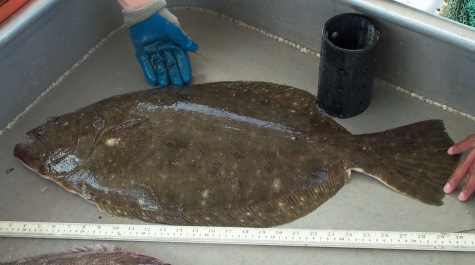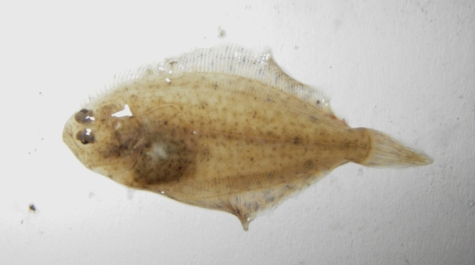Summer Flounder
- This species first recruits to the gear in March, though large numbers don't appear until June or July.
- The only index calculated is for Age 0 fish.
- The Young-of-Year cutoff values are:
- March: 0-60 mm.
- April: 0-100 mm.
- May: 0-140 mm.
- June: 0-170 mm.
- July: 0-200 mm.
- August: 0-225 mm.
- September: 0-250 mm.
- October: 0-275 mm.
- November: 0-290 mm.
- December: 0-290 mm.
- January: 0-290 mm.
- February: 0-290 mm.
- YOY index months are in bold.
- Stations in the lower portions of the rivers and all Bay stations are used.
Data collected after the transition to a new vessel and net (June 2015) have been adjusted by a species-specific calibration factor.
For more information on how this species is managed please visit the ASMFC website.




